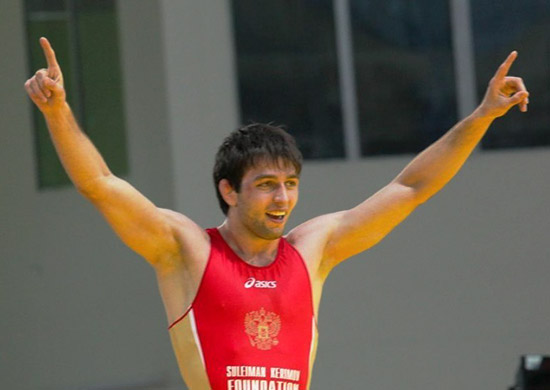
| OSSETIANS Ossetians (Irættæ)
Languages
: Ossetian, Russian, Georgian
The Ossetians or Ossetes (Ossetian: ir, irættæ; digoræ, digorænttæ) are an Iranian ethnic group of the Caucasus Mountains, indigenous to the ethnolinguistic region known as Ossetia. They speak Ossetic, an Eastern Iranian (Alanic) language of the Indo-European language family, with most also fluent in Russian as a second language. The Ossetian language is neither closely related to nor mutually intelligible with any other language of the family today. Ossetic, a remnant of the Scytho-Sarmatian dialect group which was once spoken across the Pontic–Caspian Steppe, is one of the few Iranian languages inside Europe.
The Ossetians mostly populate Ossetia, which is politically divided between North Ossetia–Alania in Russia, and South Ossetia, a de facto independent state with partial recognition, closely integrated in Russia and claimed by Georgia. Their closest relatives, the Jász, live in the Jászság region within the north-western part of the Jász-Nagykun-Szolnok County in Hungary.
Ossetians are mostly Eastern Orthodox Christian, with sizable minorities professing Uatsdin or Islam.
Etymology
:
This practice was put into question by the new Ossetian nationalism in the early 1990s, when the dispute between the Ossetian subgroups of Digoron and Iron over the status of the Digoron dialect made the Ossetian intellectuals search for a new inclusive ethnic name. This, combined with the effects of the Georgian-Ossetian conflict, led to the popularization of "Alania", the name of the medieval Sarmatian confederation, to which the Ossetians traced their origin, and inclusion of this name into the official republican title of North Ossetia in 1994.
Subgroups :
Ossetian tribes (according to B. A. Kaloev) • Iron in the east and south form a larger group of Ossetians. They speak Iron dialect. Irons are divided into several subgroups: Alagirs, Kurtats, Tagaurs, Kudar, Tual, Urstual, and Chsan.
•
Digoron in the west. Digors live in Digora district, Iraf district,
and some settlements in Kabardino-Balkaria and Mozdok district.
They speak Digor dialect.
History :
Charnel vaults at a necropolis near the village of Dargavs, North Ossetia
Pre-history (Early Alans) :
Middle
Ages :
After the Mongol invasions of the 1200s, the Alans were forced out of their medieval homeland south of the River Don in present-day Russia. Due to this, the Alans migrated toward the Caucasus Mountains, where they would form three ethnographical groups; the Iron, the Digoron, and the Kudar. The Jassic people were a fourth group that migrated in the 13th century to Hungary.
Modern history :
Kosta Khetagurov In more-recent history, the Ossetians participated in the Ossetian–Ingush conflict (1991–1992) and Georgian–Ossetian conflicts (1918–1920, early 1990s) and in the 2008 South Ossetia war between Georgia and Russia.
Key events :
•
1774 — Ossetia becomes part of the Russian Empire.
Ossetian is divided into two main dialect groups: Ironian in North and South Ossetia; and Digorian in western North Ossetia. In these two groups are some subdialects, such as Tualian, Alagirian, and Ksanian. The Ironian dialect is the most widely spoken.
Ossetian is among the remnants of the Scytho-Sarmatian dialect group, which was once spoken across the Pontic–Caspian Steppe. The Ossetian language is not mutually intelligible with any other Iranian language.
Religion :
Prior to the 10th century, Ossetians were strictly pagan. They were partially Christianized by Byzantine missionaries in the beginning of the 10th century. By the 13th, most Ossetians were Eastern Orthodox Christians as a result of Georgian influence and missionary work.
Islam was introduced during the 16th and 17th century by the converted members of the Circassian Kabarday tribe (who had been introduced to that religion by Tatars during the 15th century), who had taken over territory in Western Ossetia occupied by the Digor. However, Islam did not successfully spread to rest of the Ossetian people.
In 1774 Ossetia became part of the Russian Empire, which strengthened Orthodox Christianity considerably by sending Russian Orthodox missionaries there. However, most of the missionaries chosen were churchmen from Eastern Orthodox communities living in Georgia, including Armenians and Greeks, as well as ethnic Georgians. Russian missionaries were not sent, as this would have been regarded by the Ossetians as too intrusive.
Today, the majority of Ossetians from both North and South Ossetia follow Eastern Orthodoxy. Assianism (Uatsdin or Assdin in Ossetian), the Ossetian ethnic religion, is also widespread among Ossetians, with ritual traditions like animal sacrifices, holy shrines, non-Christian saints, etc. There are temples, known as kuvandon, in most villages. According to the research service Sreda, North Ossetia is the primary center of Ossetian Paganism, and 29% of the population reported practicing pagan faiths in the 2012 Russian census. Assianism has been rising in popularity since the 1980s.
According to a 2013 estimate, up to 15% of North Ossetia’s population practice Islam.
Economy
:
Demographics
:
Genetics
:
Gallery :
This section contains an unencyclopedic or excessive gallery of images. Please help improve the section by removing excessive or indiscriminate images or by moving relevant images beside adjacent text, in accordance with the Manual of Style on use of images.
Ossetian woman in traditional clothes, early years of the 20th century
Ossetian women working (19th century)
Ossetian Northern Caucasia dress of the 18th century, Ramonov Vano (19th century)
Three Ossetian teachers (19th century)
Ossetian girl in 1883
Sergei Guriev, economist
Nikolay Bagrayev, politician
South Ossetian performers
Ossetian man in 1881
Soslan Ramonov, wrestler
Shota Bibilov, professional footballer
Ruslan Karaev, professional kickboxer
Vladimir Gabulov, Ossetian goalkeeper
Valery Gergiev, conductor Source :
https://en.wikipedia.org/ |
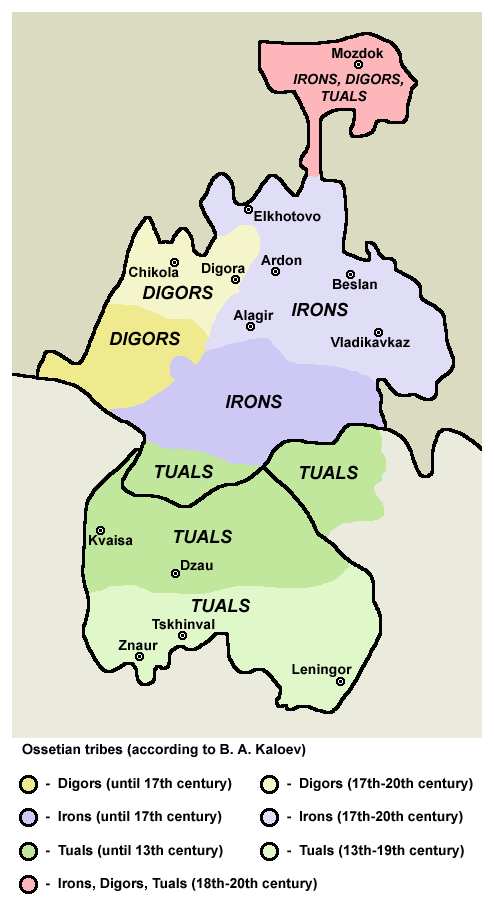
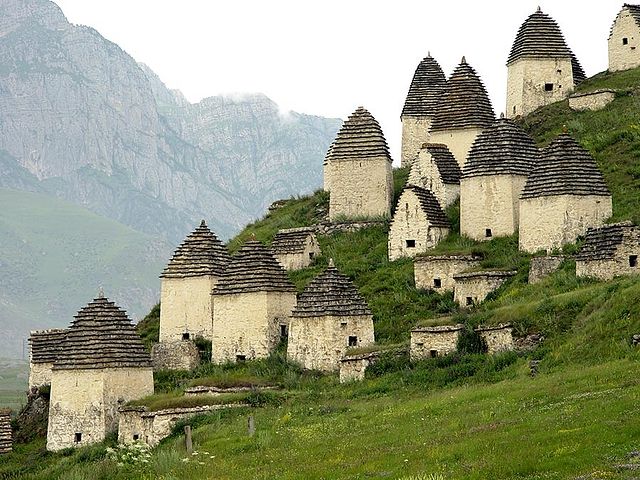
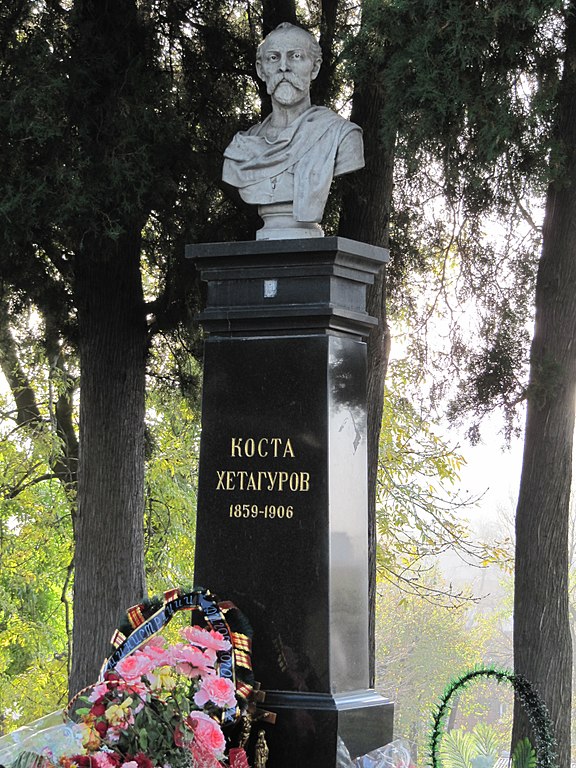
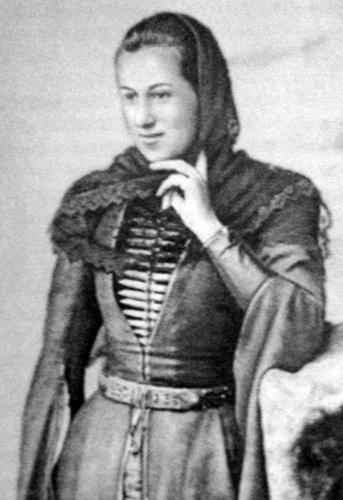
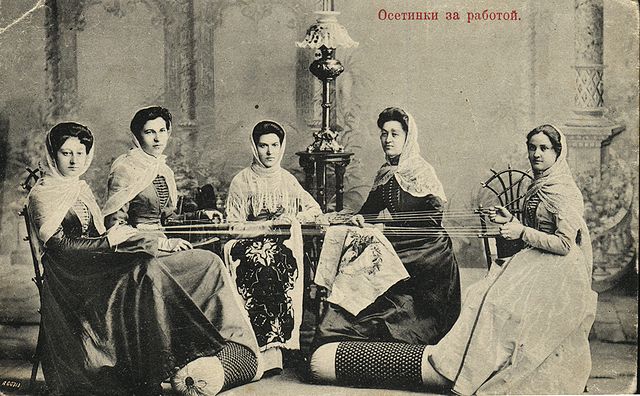
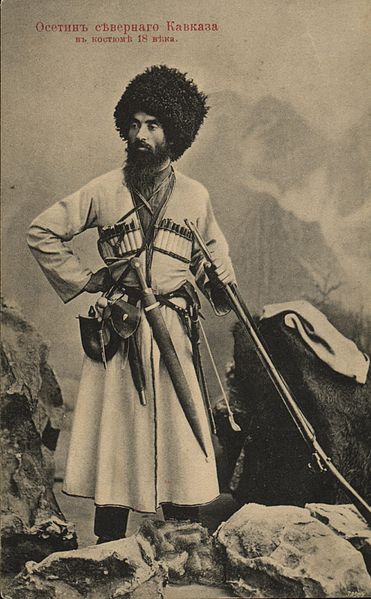
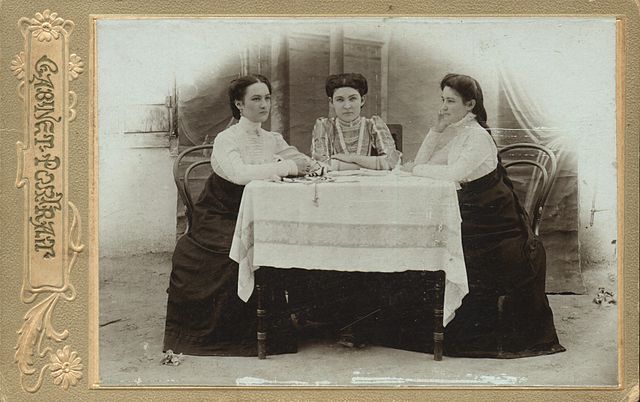
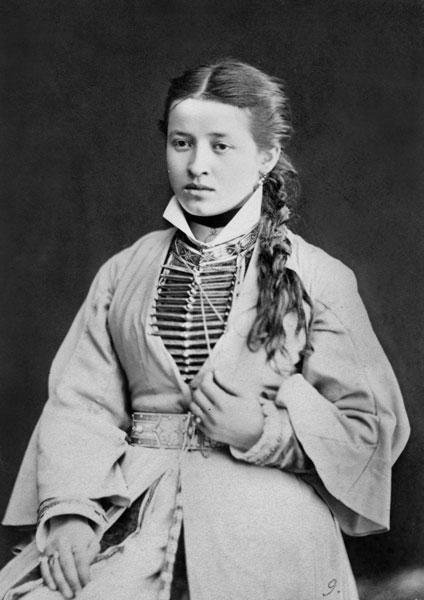


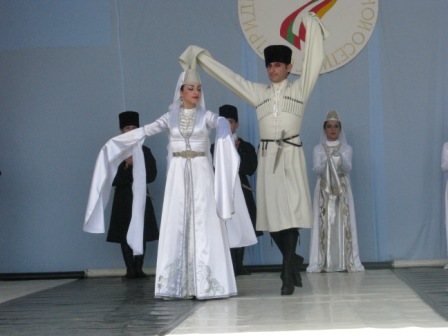
._F._17._Oss%E8the_(Oss%E8te),_Koban._Mission_scientifique_de_Mr_Ernest_Chantre._1881.jpg)
